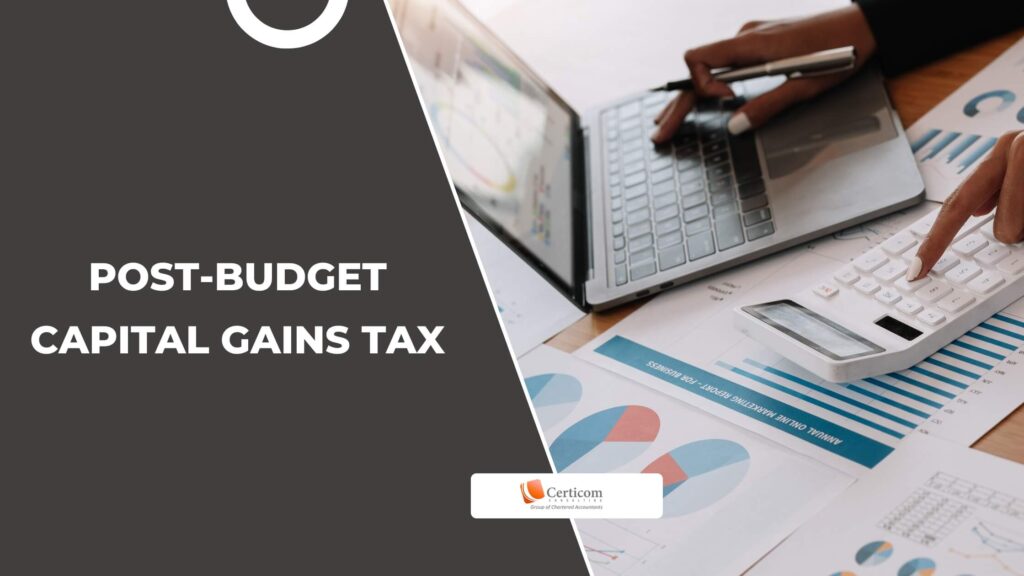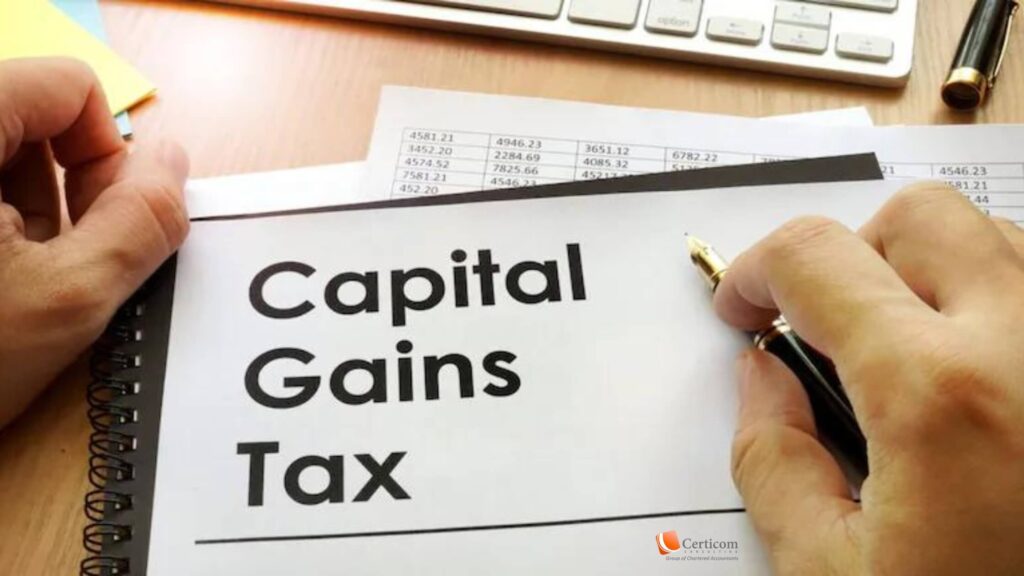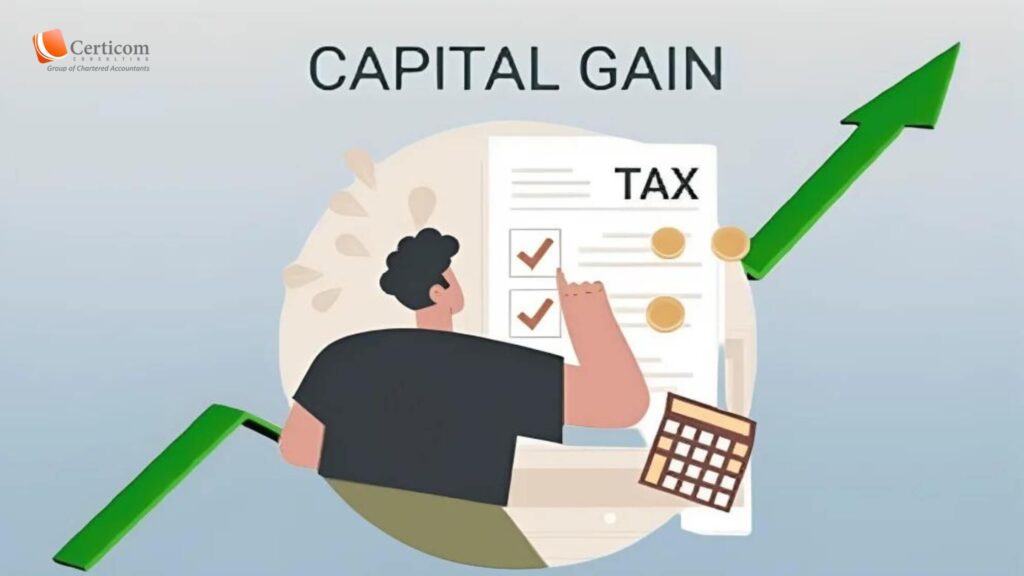Capital Gains Taxation Post-Budget: Key Changes

The Finance (No.2) Bill, 2024, has introduced significant reforms to capital gains taxation, focusing on rationalization and simplification. To help taxpayers understand these changes and their implications.
Major Changes in Capital Gains Taxation
The Finance (No.2) Bill, 2024, brings several major changes to capital gains taxation:
- Simplified Holding Periods: There are now only two holding periods—1 year and 2 years.
- Uniform Tax Rates: Most assets now have uniform tax rates.
- Abolition of Indexation: Indexation has been abolished, and the tax rate has been reduced from 20% to 12.5%.
- Parity Between Resident and Non-Resident Taxpayers: The new rules apply equally to resident and non-resident taxpayers.
- No Change to Rollover Benefits: Existing rollover benefits remain unchanged.

Effective Date of New Provisions
The new provisions for capital gains taxation take effect from July 23, 2024, and apply to any transfer made on or after this date.
Simplification of Holding Periods
The holding periods for assets have been simplified:
- 1 year for listed securities.
- 2 years for all other assets.
Beneficiaries of the Reduced Holding Period
The changes in holding periods benefit the following assets:
- Listed Assets: Including business trusts like REITs and InVITs, which now have a holding period of 1 year.
- Gold and Unlisted Securities: The holding period for these assets has been reduced from 36 months to 24 months.
The holding period for immovable property and unlisted shares remains unchanged at 24 months.
Changes in the Rate Structure for STT Paid Capital Assets
The rate structure for STT (Securities Transaction Tax) paid capital assets has changed as follows:
- Short-Term Rates: For STT paid listed equity, equity-oriented mutual funds, and units of business trusts, the rate has increased from 15% to 20%.
- Long-Term Rates: For these assets, the rate has increased from 10% to 12.5%.

Changes in the Rate Structure for STT Paid Capital Assets
The rate structure for STT (Securities Transaction Tax) paid capital assets has changed as follows:
- Short-Term Rates: For STT paid listed equity, equity-oriented mutual funds, and units of business trusts, the rate has increased from 15% to 20%.
- Long-Term Rates: For these assets, the rate has increased from 10% to 12.5%.
Exemption Limit for Long-Term Capital Gains
The exemption limit for long-term capital gains under section 112A has increased from ₹1 lakh to ₹1.25 lakh for FY 2024-25 and subsequent years.
Rate Structure for Other Long-Term Capital Gains
The rate for other long-term capital gains on all assets has been reduced to 12.5% without indexation, down from 20% with indexation.
Benefits of the Rate Reduction
Most taxpayers will benefit from the reduced rate. However, for gains close to inflation rates, the benefit may be limited or absent.
Continuation of Rollover Benefits
Taxpayers can continue to avail rollover benefits on capital gains under the same conditions as before. These benefits remain unchanged.
Eligible Assets for Rollover Benefits
Taxpayers can invest their long-term capital gains in the following assets for rollover benefits:
- Houses: Under sections 54 or 54F.
- Certain Bonds: Under section 54EC.
- Other Specified Assets: Under sections 54, 54B, 54D, 54EC, 54F, and 54G of the IT Act.

Rollover Benefit Limits
Rollover benefits are available for investments in 54EC bonds up to ₹50 lakh, along with other specified conditions for exemption from capital gains tax.
Rationale Behind the Changes
The changes aim to simplify the tax structure, making compliance easier through simplified computation, filing, and record maintenance. This also eliminates differential rates for various asset classes, promoting uniformity.
Related Post
A Beginner’s Guide to E-Filing Income Tax Return for FY 2024-25
Faking Tax Deductions? You Could Be Penalised Up To 200% Under Income Tax Rules
Book A One To One Consultation Now For FREE
How can we help? *




